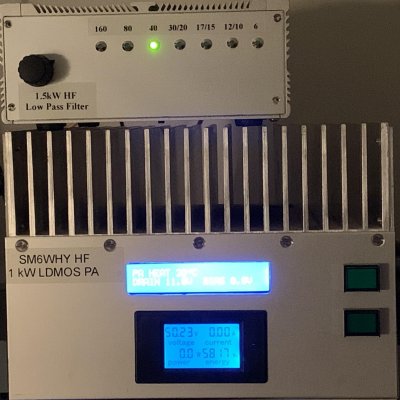BLF-188XR HF PA
Normally I use a tube for a high power Pa. However the LDMOS devices seems fun. I also wanted to try to build something different.
I will use the EB104 input/output board as base for this amp. LDMOS comes from other source.

One benefit is the PSU, which can be found as surplus. The PSU I found is a CISCO/SONY APS-172. It is rated 50V 28Amp, which is perfect for this project.
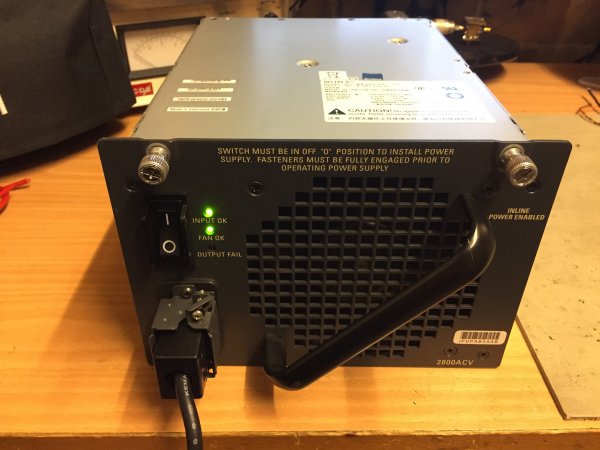
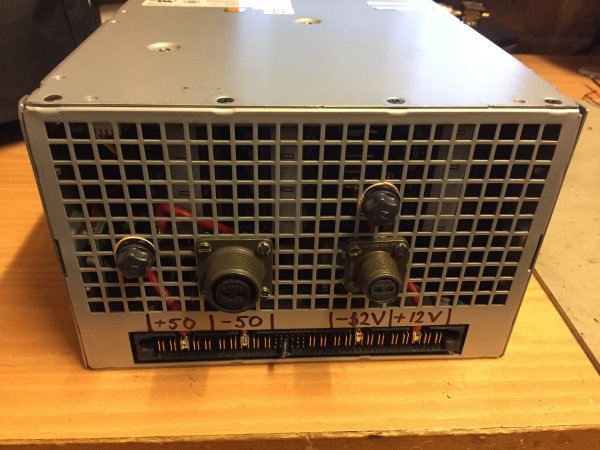 I have mounted Canon MS-contacts and fuses. The small one is for 12V. I also changed the original fan which is very noisy.
I have mounted Canon MS-contacts and fuses. The small one is for 12V. I also changed the original fan which is very noisy.
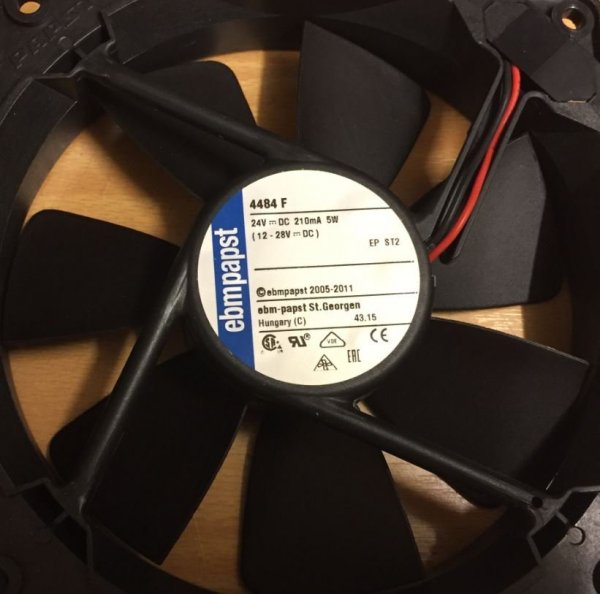
I made the heat spreader myself. I actually found a nice piece in a metal scrap yard.

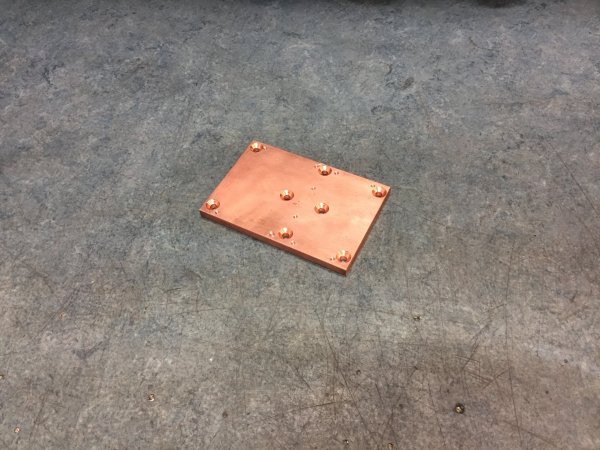
There are some benefits and also drawbacks with these devices. One minus is the relative expensive low pass filter that is needed, (mine is cheap). It is still possible to build a tuned output, however I will make the more standard toroid/capacitor filter. Also my antenna cannot handle 80M and only 300w on 6m which means that I only need to make 3 low pass filters. I made a simple board with 16A 250V relays and T80-2 toroids (5-pole Chebyshev). We will see about heat etc later.
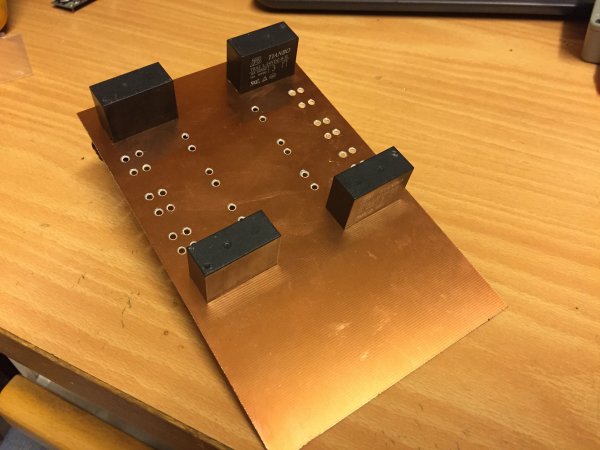
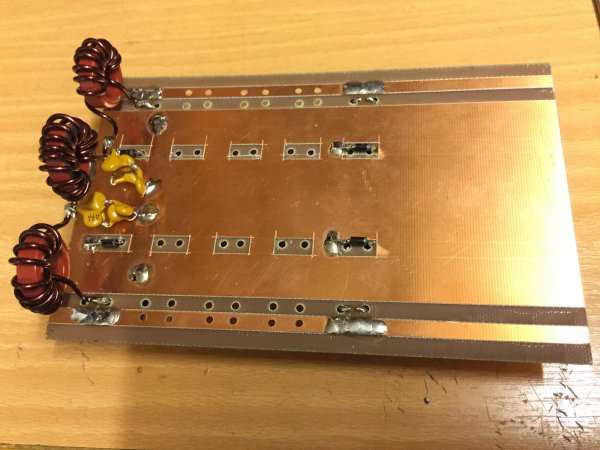
The Tg was about -0.4dbm for zero level, there is a loss in the 1M RG-58 used during measurement. However it seems that first harmonic is -24db down for the 20M filter.
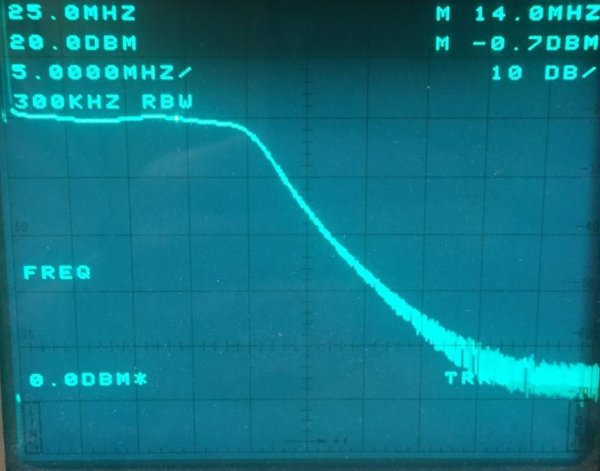
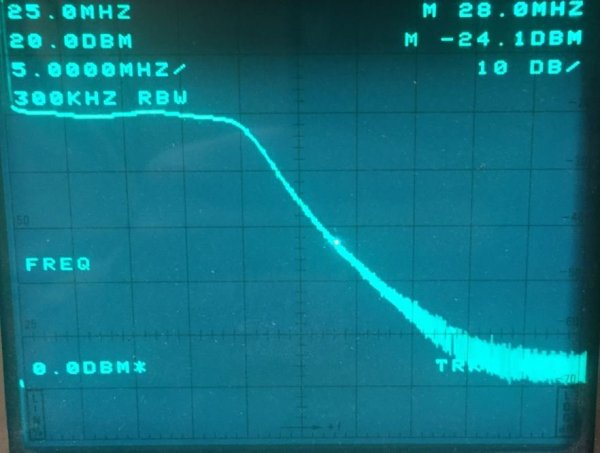
The Pa controller uses a Arduino Nano as base. It has digital outputs for band switching, temperature reading, buttons, analog inputs from SWR bridge and a LCD. There are 3 9-pole d-sub contacts for DO, LCD and controls. The 2 RCA phono is analog in from the SWR bridge. The temperature sensor (DS1820) can be seen to the right.

There are 2 menys to display different data. I will probably remove the bias Voltage reading and add drain current instead. (Here the Voltage reading is open floating only).


To be able to measure power and SWR a simple SWR-bridge was made.
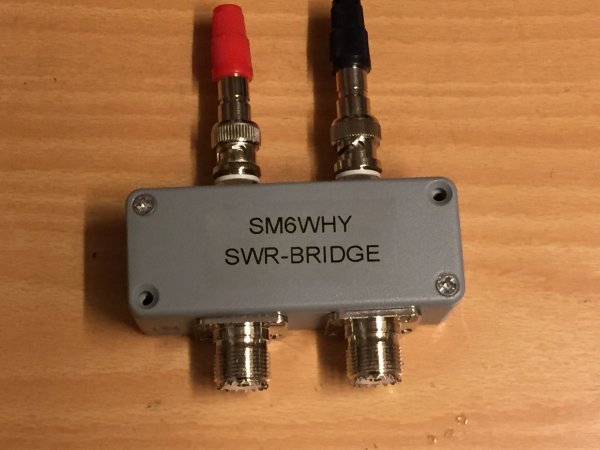
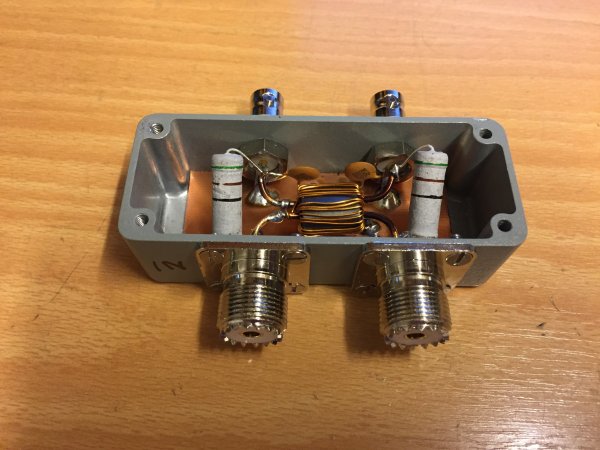
Ongoing.
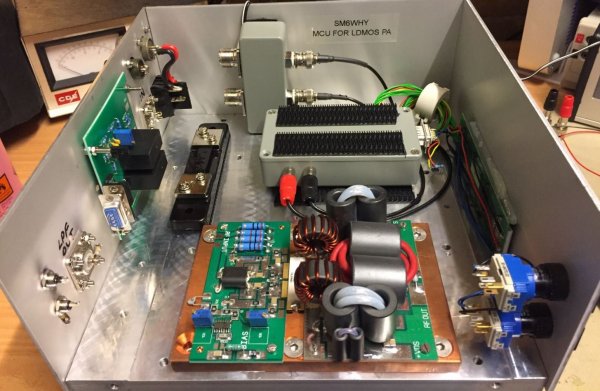 The TX/RX switch relays are also from EB104. They are much cheaper than coaxial releys.
The TX/RX switch relays are also from EB104. They are much cheaper than coaxial releys.
So far....

Bad luck, Do not buy Chinese fake transistors.
Well after a testrun the BLF went up to a nice smoke cloud. The Chinese fake could not stand for much. From my understanding the real/original LDMOS has markings on the drains. (4 cuts) mine had no markings.
A picture inside an original BLF188XR. With markings on the drains. Large matching capacitors.
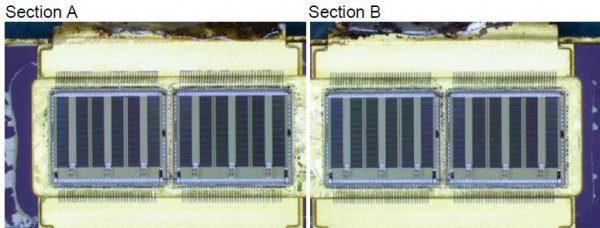
Picture inside a fake one. No markings.
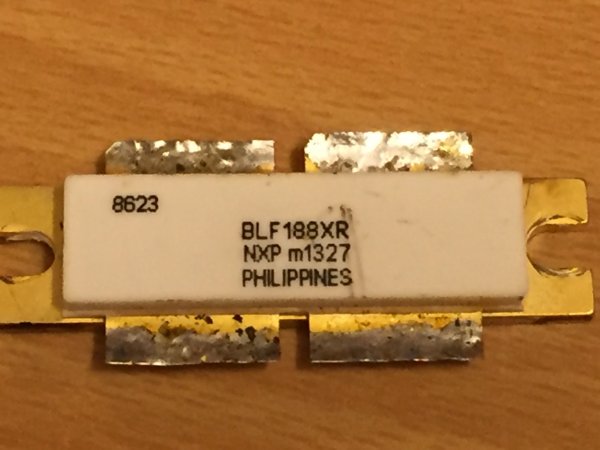
This serie of BLF188XR seems to be fakes. Only a few connections compared to the other. No matching capacitors inside.
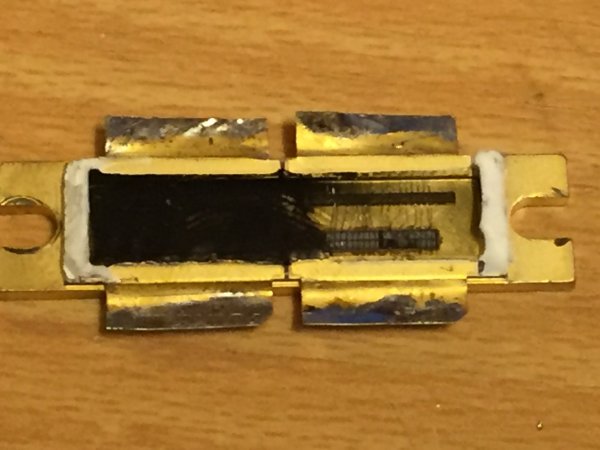
On QRZ forum you can read from others which also had bad luck with counterfeit BLF-188XR
https://forums.qrz.com/index.php?threads/chinese-conterfeit-components.533429/page-2
Next time I will use liquide metal. From my perspective just as good as soldering. However never use liquide Pro on aluminium. I have now tried Liquide Pro in one amplifier and it can easilly get out small droplets when the LDMOS is tightend to the spreader. This can then lead to a short between ground and drain or source. Now I always use MX-2 from ARTIC, it works great and is not conductive.
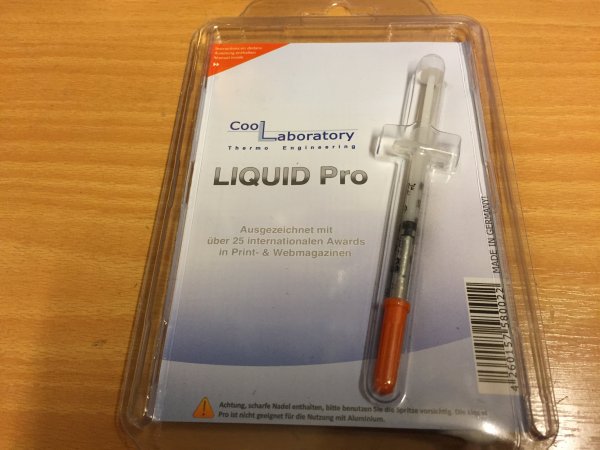
The EB104 board has a -4db input attenuator. I added a 10db 100W made simple of Caddock resistors. The real attenuation is 11.4db @ 14MHz, (which includes the 50cm RG-58 and connectors).
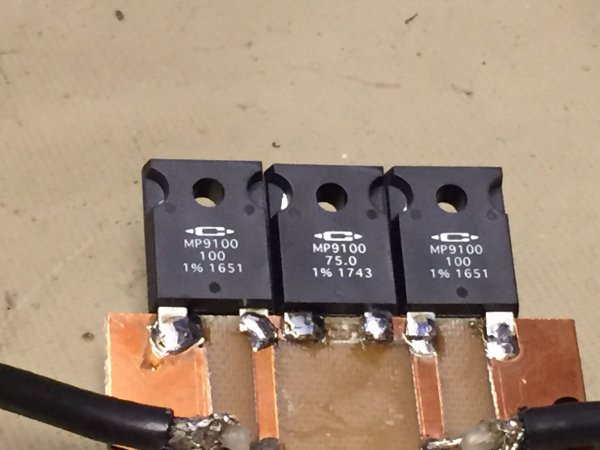
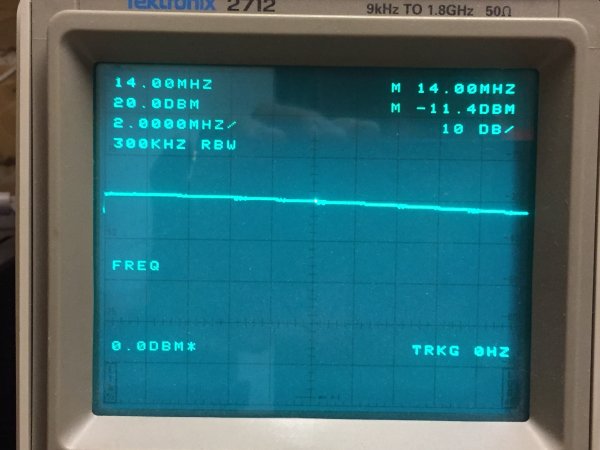
To be able to test the PA I needed a dummy load. I made one of 4 250W 50Ohm resistors. The resistors is mounted on a copper heatspreader and then to a aluminium heat sink.

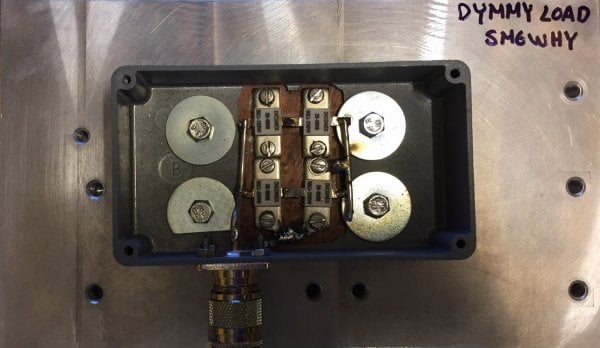
Updated with Current and Voltage reading unit insted of read the values to the AVR.
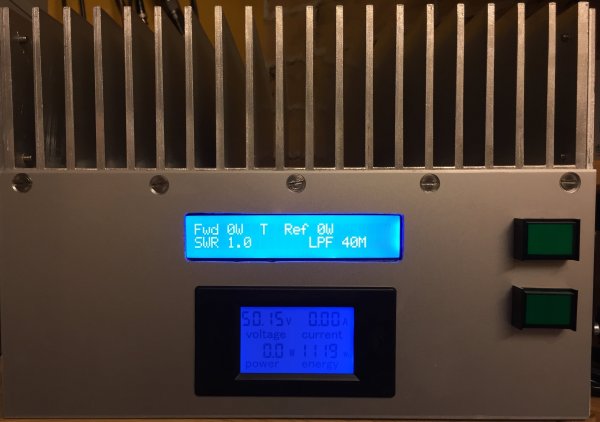
On Air on 20M, and inside view. LPF not mounted yet, A MFJ-704 LPF is connected.
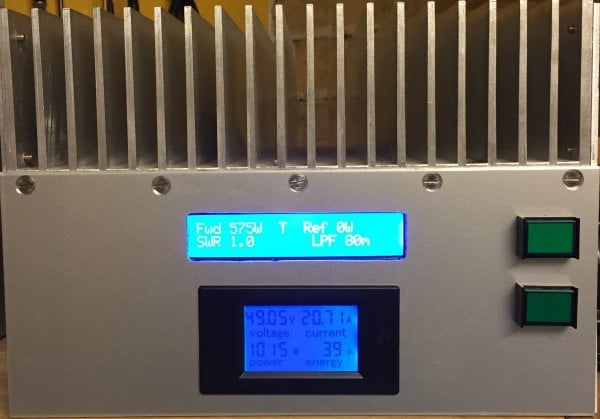
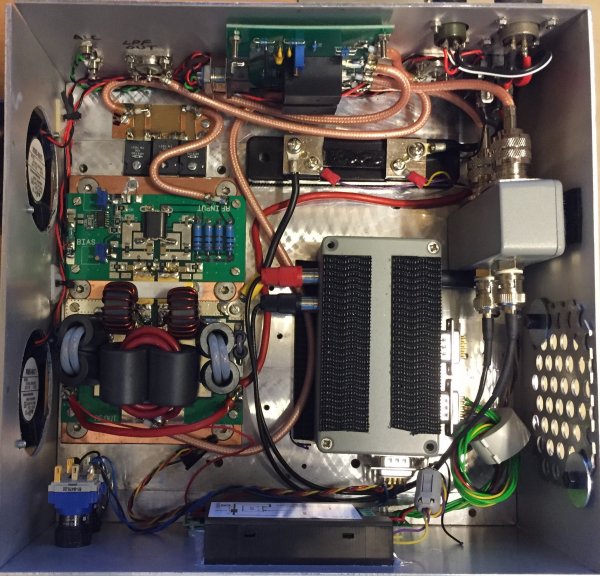
The PA is working great, even during digital modes as FT-8. However, my LPF do work I came across a Chinese model which can handle 1500W on all HF bands.

It need an enclosure and I found one that just fitted. It is a fan-less Pc which I removed everything inside. I also made new front and back plates.
Original Pc.

New plates.
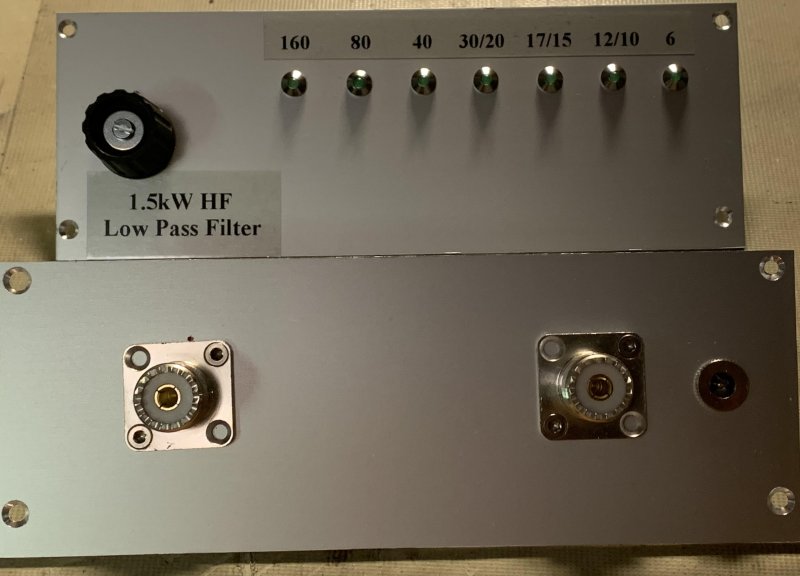
I added the band selection and also the LED's. Here placed over the SSPA.
